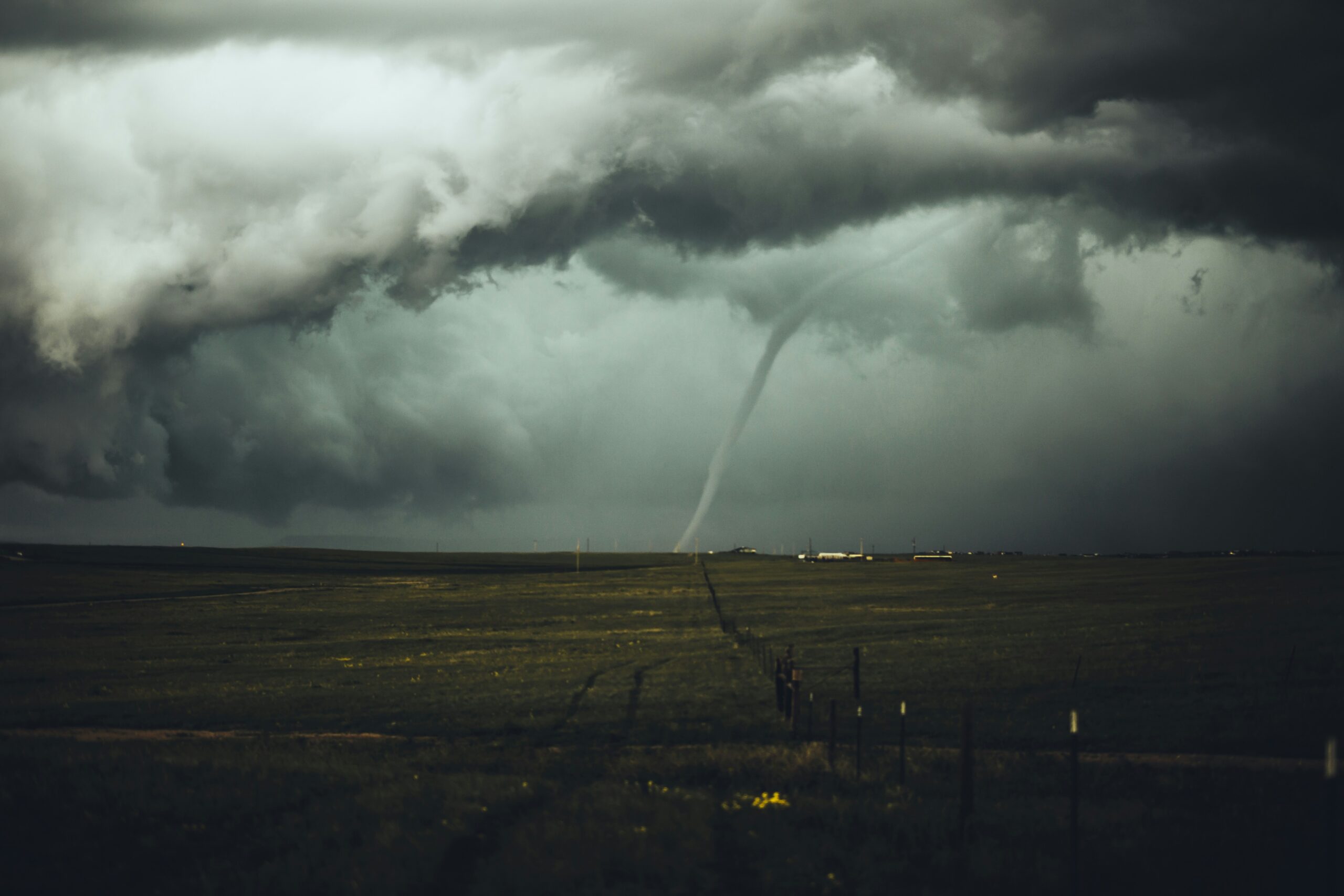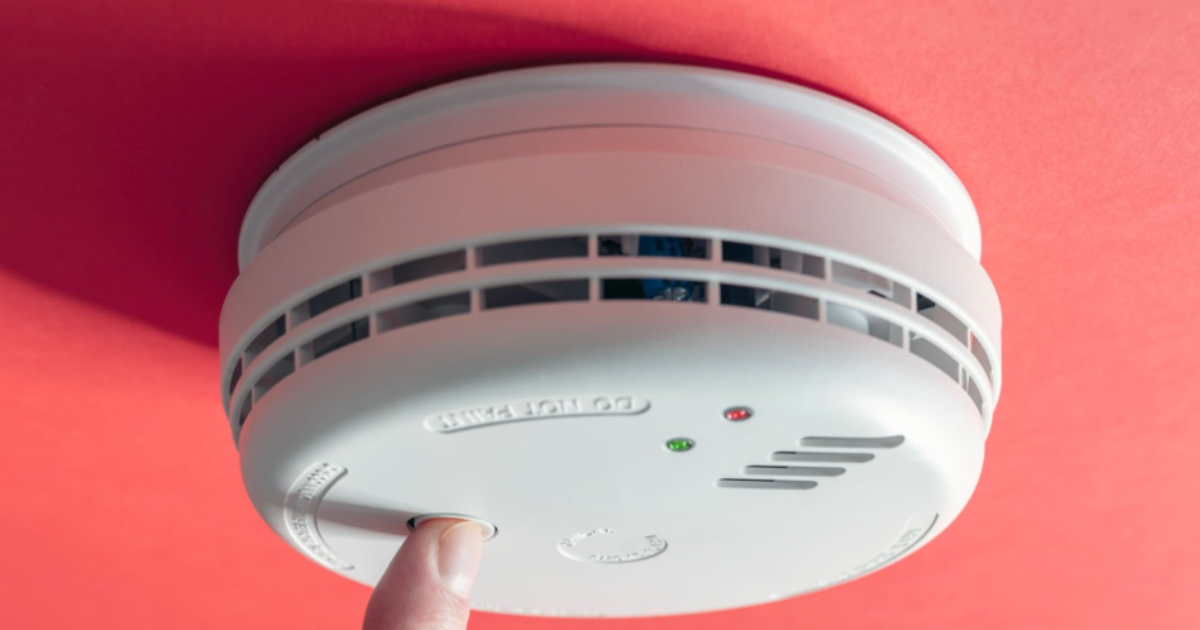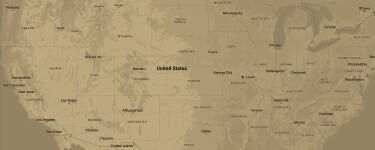
When a broken water main flooded the strip mall, the property owners knew clean up and restoration would take time. And it did: six weeks of mopping up, refurbishing contents, removing soaked drywall and flooring, and replacing building materials. The stores gleamed after restoration, shoppers returned, business flourished. Two months later, new hardwood flooring was buckling. Sheet flooring had begun to lose adhesion. Worse, customers were complaining about moldy smells.
Called in after the original contractor’s failed effort, Paul Davis was not surprised at what they found: improperly dried concrete slabs were damaging the new flooring and supporting mold growth. Drying concrete seems easy but it’s a complex process that requires a high level of expertise.
“Concrete may look impervious to floods or appear dry after standing water is removed, but it’s a porous material that readily absorbs floodwaters and dries slowly and reluctantly,” says Matt Wildt, Technical Trainer at Paul Davis. “After seemingly successful restoration, upper layers of the concrete may test to acceptable levels of dryness only to be remoistened within days from deeper levels of the slab that are still wet. Moisture actually moves freely within that rock-hard material.”
Many factors affect drying technique and drying time:
- Slab thickness
- Slab age
- Concrete mix
- Surface treatments
- Climatic conditions
- Building location
- Presence or absence of vapor barriers (older slabs may lack vapor barriers that shield slabs from damp soil underneath)
Skilled concrete restoration necessitates one or more of the following approaches:
Containment chambers: Reducing the volume of space around the damp concrete boosts the effectiveness of drying equipment and speed of water removal.
Stripping boundary layers: Removing the surface treatments to expose more porous concrete subsurface may assist drying.
Testing: Testing protocols may include calcium chloride tests, moisture vapor emission rate measurements, relative humidity tracking. Moisture meters are useful to accurately measure moisture content before, during and after restoration.
Air movement and hot air application: High-powered fans and air movers speed drying. Heat increases evaporation, which also speeds moisture removal. Both approaches must be employed carefully – and results measured – to ensure that the entire slab dries to acceptable levels.
Desiccants: Dehumidifiers containing desiccants – chemically active materials that pull moisture from the air – can boost drying rates.
Still, Wildt says, even highly scientific and skilled drying procedures must be accompanied by sound judgement and long experience. “Each has its own character, and in some cases, – an older slab on the coast of Florida that lacks a vapor barrier, for example – elevated levels of moisture may return even after the most aggressive drying techniques have been implemented,” he summarizes. “A good restoration professional will know to consider the totality of the circumstances when approaching concrete slabs. Setting expectations and communicating with all parties is critical, especially for older structures that may have been built using out of date methods by today’s standards.”
Worried about a damp or flooded concrete surface at your commercial property? Call your local Paul Davis office or 888-244-9840 for prompt assistance.











